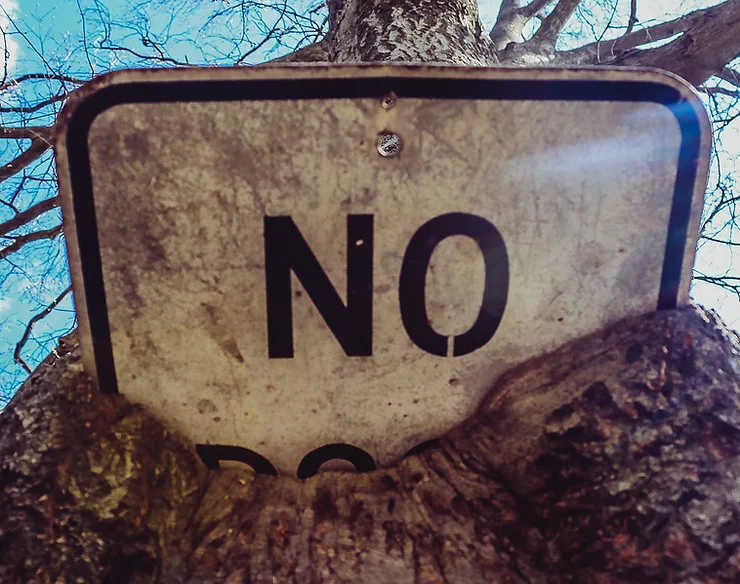Love yourself enough to set boundaries. Your time and energy are precious. You get to choose how you use it – Anna Taylor
Dear friend,
Saying “no” is not easy. We all have said “yes” to things when we actually wanted to say no. The last time I said yes to an actual no ended with an unpleasant experience. It almost always does.
When I was a youth, it was saying yes to another drink. When I was at the beginning of my career, it was saying yes to another duty.
In our lifetime, we are faced with plenty of situations in which we are compelled to say yes to an actual no. So, being able to say no even in tough situations and without offending the other party is key.
Here are 8 tips I learned and applied from my personal experience.
Postpone your decision
Never ever feel pressured in a given situation to give a definitive answer. If you don’t feel 100% sure to give an answer, postpone the decision. Let the other person know that you will need to sleep on the decision. If they need your decision urgently, tell them that you will take time to think through it on your own. It’s also in their best interest to get your full commitment and not a hasty decision.
Value your own priorities
Understand you can’t please everyone. It’s impossible. Saying yes implies saying no to many other things – things more important to you. Become clear about your values and the things that mean most to you. All your decisions should be based on them. Otherwise, you will make others’ dreams become reality at the expense of yours.
Prepare to say no
Once you are aligned on a meeting in which you will talk about your decision, it’s time to prepare it. First, think about the structure of the meeting. You will have a brief intro, the bulk part of the meeting will be about you saying no, and you will have to make sure there will be a sound ending.
Have a brief appreciative intro
In the intro, let the other person know that you appreciate the offered opportunity and the time to think through it and that you come to a conclusion. You can have some small talk first. But once you introduced that you came to a conclusion, you don’t waste any time and get to your decision.
Sandwich the no
Before and after clearly stating your no and a sound reason for it, you should give a yes. Here is an example: A very good friend invited you to her/his birthday and asked you to help organize the party, but you have to prepare for a test.
Intro yes: Your friendship is valuable to me. And I care about you.
Clear no: However, given all the time I spend preparing for the test and the risk that everything was in vain if I slow down towards the finish line, I cannot help you organize and take part in your birthday.
Ending yes: But if you are okay, I will organize the DJ and make sure you will have some great music.
Avoid details and long explanations
Keep your reason short and simple. You run the risk of being talked out of your decision and raising the hope that the other person can persuade you to compromise. Both things more valuable to you and the relationship will suffer.
Make sure you’re saying “no”
Don’t fail to clearly state no. Avoid phrases like I’m not sure whether…, I don’t know…, It might be… Using ambiguous phrases will usually be assumed as a soft yes. When it’s time to say no, use the phrases I will NOT, I canNOT or I’m NOT able because of reason X.
Be prepared to repeat yourself
If you’re faced with pushback, the best thing you can do is repeat yourself. People might ask you why and explain your reasoning to weaken your decision. You already offered an explanation with your original response. Repeat this explanation, say no again, and focus on the “ending yes” to ensure a sound closing. Often, you need to be firm in order to have your intentions understood. And it will be worthwhile.


